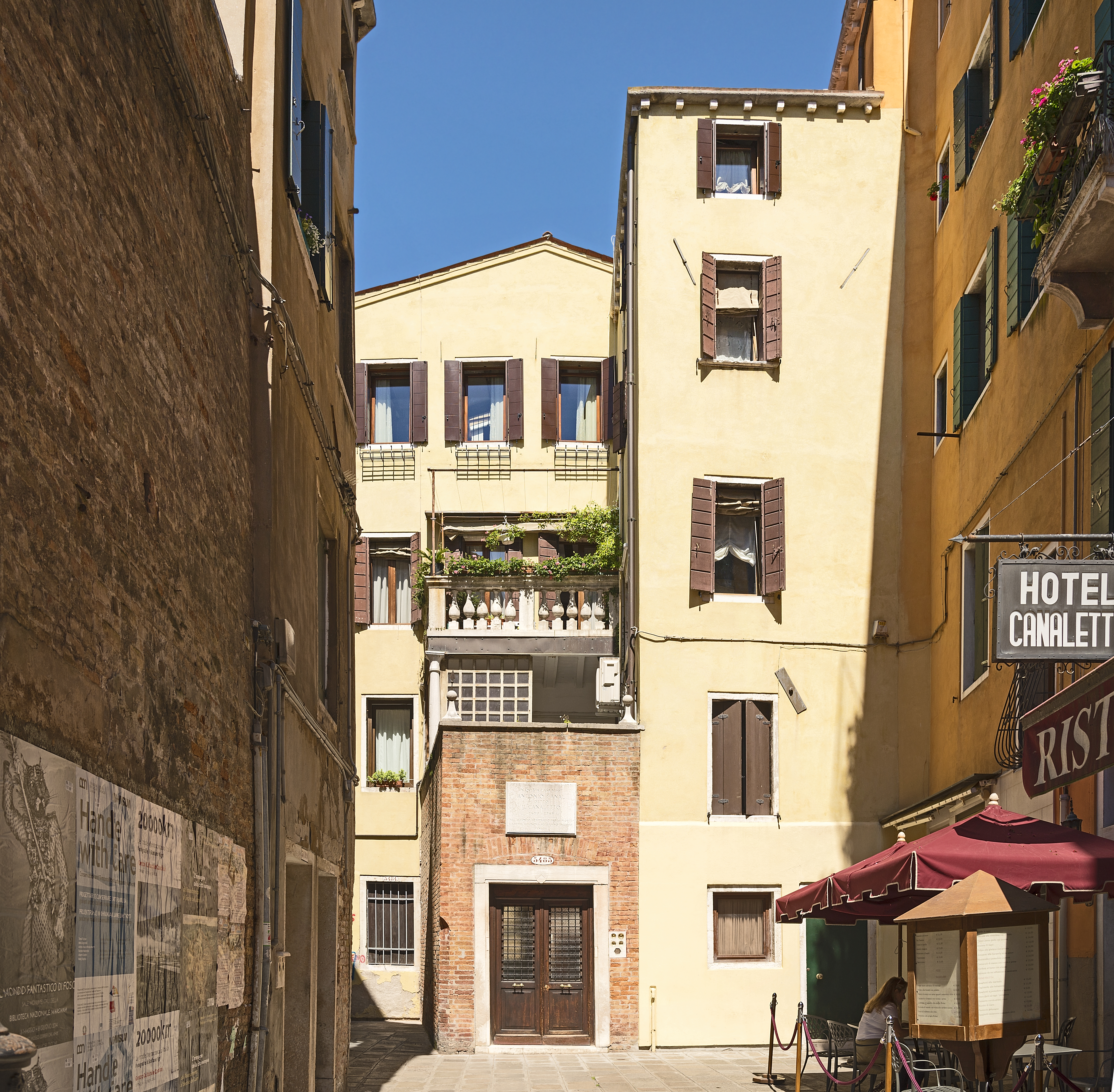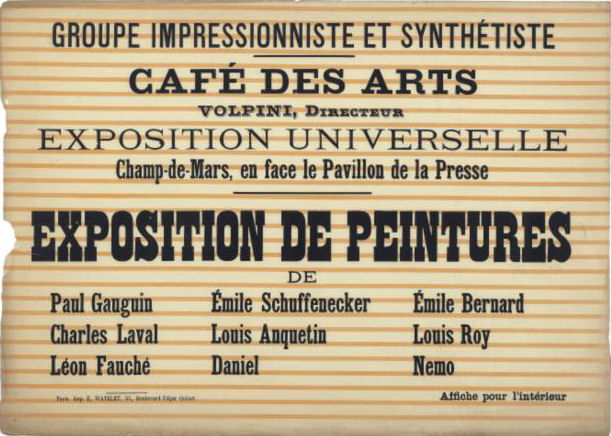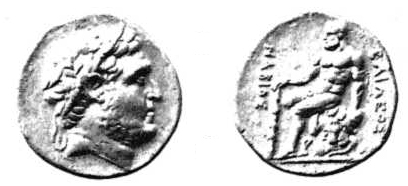|
Hôtel D'Assézat
The Hôtel d'Assézat in Toulouse, France, is a French Renaissance '' hôtel particulier'' (urban palace) of the 16th century which houses the Bemberg Foundation, a major art gallery of the city. The hôtel was likely built by Toulouse architect Nicolas Bachelier for Pierre d'Assézat, an internationally renowned Toulouse woad merchant at the time. As one of the first manifestations of French classicism it is an outstanding example of Renaissance palaces architecture of southern France, with a use of brick typical of Toulouse and an elaborate decoration of the '' cour d'honneur'' (''courtyard'') influenced by Italian Mannerism and by classicism. The Hôtel d'Assézat differs from the other not only in size and its exceptional ornementation, but also in its pristine condition, a fact which earns it a mention in every overview of French Renaissance. The hôtel now belongs to the City of Toulouse and was restored in the 1980s. It is home to the Union des sociétés savantes, the ... [...More Info...] [...Related Items...] OR: [Wikipedia] [Google] [Baidu] |
Toulouse
Toulouse ( , ; oc, Tolosa ) is the Prefectures in France, prefecture of the Departments of France, French department of Haute-Garonne and of the larger Regions of France, region of Occitania (administrative region), Occitania. The city is on the banks of the Garonne, River Garonne, from the Mediterranean Sea, from the Atlantic Ocean and from Paris. It is the List of communes in France with over 20,000 inhabitants, fourth-largest city in France after Paris, Marseille and Lyon, with 493,465 inhabitants within its municipal boundaries (2019 census); its Functional area (France), metropolitan area has a population of 1,454,158 inhabitants (2019 census). Toulouse is the central city of one of the 20 Métropole, French Métropoles, with one of the three strongest Population growth, demographic growth (2013-2019). Toulouse is the centre of the European aerospace industry, with the headquarters of Airbus, the SPOT (satellites), SPOT satellite system, ATR (aircraft manufacturer), ATR ... [...More Info...] [...Related Items...] OR: [Wikipedia] [Google] [Baidu] |
French Renaissance Architecture
French Renaissance architecture is a style which was prominent between the late 15th and early 17th centuries in the Kingdom of France. It succeeded French Gothic architecture. The style was originally imported from Italy after the Hundred Years' War by the French kings Charles VII, Louis XI, Charles VIII, Louis XII and François I. Several notable royal châteaux in this style were built in the Loire Valley, notably the Château de Montsoreau, the Château de Langeais, the Château d'Amboise, the Château de Blois, the Château de Gaillon and the Château de Chambord, as well as, closer to Paris, the Château de Fontainebleau. This style of French architecture had two distinct periods. During the first period, between about 1491 and 1540, the Italian style was copied directly, often by Italian architects and craftsmen. In the second period, between 1540 and the end of the Valois dynasty in 1589, French architects and craftsmen gave the style a more distinctive and o ... [...More Info...] [...Related Items...] OR: [Wikipedia] [Google] [Baidu] |
Bachelier - Hôtel D'Assézat - Toulouse
Louis Jean-Baptiste Alphonse Bachelier (; 11 March 1870 – 28 April 1946) was a French mathematician at the turn of the 20th century. He is credited with being the first person to model the stochastic process now called Brownian motion, as part of his doctoral thesis ''The Theory of Speculation'' (''Théorie de la spéculation'', defended in 1900). Bachelier's doctoral thesis, which introduced the first mathematical model of Brownian motion and its use for valuing stock options, was the first paper to use advanced mathematics in the study of finance. His Bachelier model has been influential in the development of other widely used models, including the Black-Scholes model. Thus, Bachelier is considered as the forefather of mathematical finance and a pioneer in the study of stochastic processes. Early years Bachelier was born in Le Havre. His father was a wine merchant and amateur scientist, and the vice-consul of Venezuela at Le Havre. His mother was the daughter of an im ... [...More Info...] [...Related Items...] OR: [Wikipedia] [Google] [Baidu] |
Francesco Guardi
Francesco Lazzaro Guardi (; 5 October 1712 – 1 January 1793) was an Italian painter, nobleman, and a member of the Venetian School. He is considered to be among the last practitioners, along with his brothers, of the classic Venetian school of painting. In the early part of his career he collaborated with his older brother Gian Antonio in the production of religious paintings. After Gian Antonio's death in 1760, Francesco concentrated on '' vedute''. The earliest of these show the influence of Canaletto, but he gradually adopted a looser style characterized by spirited brush-strokes and freely imagined architecture. Biography Francesco Guardi was born in Venice into a family of nobility from Trentino. His father Domenico (born in 1678) and his brothers Niccolò and Gian Antonio were also painters, later inheriting the family workshop after the father's death in 1716. They probably all contributed as a team to some of the larger commissions later attributed to Francesco. His si ... [...More Info...] [...Related Items...] OR: [Wikipedia] [Google] [Baidu] |
Canaletto
Giovanni Antonio Canal (18 October 1697 – 19 April 1768), commonly known as Canaletto (), was an Italian painter from the Republic of Venice, considered an important member of the 18th-century Venetian school. Painter of city views or '' vedute'', of Venice, Rome, and London, he also painted imaginary views (referred to as capricci), although the demarcation in his works between the real and the imaginary is never quite clearcut.Alice Binion and Lin Barton. "Canaletto." Grove Art Online. Oxford Art Online. Oxford University Press. Web. 6 Jan. 2017 He was further an important printmaker using the etching technique. In the period from 1746 to 1756 he worked in England where he painted many views of London and other sites including Warwick Castle and Alnwick Castle. He was highly successful in England, thanks to the British merchant and connoisseur Joseph "Consul" Smith, whose large collection of Canaletto's works was sold to King George III in 1762. Early career ... [...More Info...] [...Related Items...] OR: [Wikipedia] [Google] [Baidu] |
Pierre Bonnard
Pierre Bonnard (; 3 October 186723 January 1947) was a French painter, illustrator and printmaker, known especially for the stylized decorative qualities of his paintings and his bold use of color. A founding member of the Post-Impressionist group of avant-garde painters Les Nabis, his early work was strongly influenced by the work of Paul Gauguin, as well as the prints of Hokusai and other Japanese artists. Bonnard was a leading figure in the transition from Impressionism to Modernism. He painted landscapes, urban scenes, portraits and intimate domestic scenes, where the backgrounds, colors and painting style usually took precedence over the subject. Early life and education Pierre Bonnard was born in Fontenay-aux-Roses, Hauts-de-Seine on 3 October 1867. His mother, Élisabeth Mertzdorff, was from Alsace. His father, Eugène Bonnard, was from the Dauphiné, and was a senior official in the French Ministry of War. He had a brother, Charles, and a sister, Andrée, who in 1890 ... [...More Info...] [...Related Items...] OR: [Wikipedia] [Google] [Baidu] |
Fauvism
Fauvism /ˈfoʊvɪzm̩/ is the style of ''les Fauves'' (French language, French for "the wild beasts"), a group of early 20th-century modern artists whose works emphasized painterly qualities and strong colour over the Representation (arts), representational or Realism (visual arts), realistic values retained by Impressionism. While Fauvism as a style began around 1904 and continued beyond 1910, the movement as such lasted only a few years, 1905–1908, and had three exhibitions.John Elderfield, The ''"Wild Beasts" Fauvism and Its Affinities,'' 1976, Museum of Modern Art, p.13, The leaders of the movement were André Derain, Maurice de Vlaminck, and Henri Matisse. Artists and style Besides Matisse and Derain, other artists included Robert Deborne, Albert Marquet, Charles Camoin, Louis Valtat, Jean Puy, Maurice de Vlaminck, Henri Manguin, Raoul Dufy, Othon Friesz, Georges Rouault, Jean Metzinger, Kees van Dongen and Georges Braque (subsequently Picasso's partner in Cubism). Th ... [...More Info...] [...Related Items...] OR: [Wikipedia] [Google] [Baidu] |
Post-impressionism
Post-Impressionism (also spelled Postimpressionism) was a predominantly French art movement that developed roughly between 1886 and 1905, from the last Impressionist exhibition to the birth of Fauvism. Post-Impressionism emerged as a reaction against Impressionists' concern for the naturalistic depiction of light and colour. Its broad emphasis on abstract qualities or symbolic content means Post-Impressionism encompasses Les Nabis, Neo-Impressionism, Symbolism, Cloisonnism, the Pont-Aven School, and Synthetism, along with some later Impressionists' work. The movement's principal artists were Paul Cézanne (known as the father of Post-Impressionism), Paul Gauguin, Vincent van Gogh and Georges Seurat. The term Post-Impressionism was first used by art critic Roger Fry in 1906.Peter Morrin, Judith Zilczer, William C. Agee, ''The Advent of Modernism. Post-Impressionism and North American Art, 1900-1918'', High Museum of Art, 1986 Critic Frank Rutter in a review of the Salon ... [...More Info...] [...Related Items...] OR: [Wikipedia] [Google] [Baidu] |
Nabis
Nabis ( grc-gre, Νάβις) was the last king of independent Sparta. He was probably a member of the Heracleidae, and he ruled from 207 BC to 192 BC, during the years of the First and Second Macedonian Wars and the eponymous " War against Nabis", i.e. against him. After taking the throne by executing two claimants, he began rebuilding Sparta's power. During the Second Macedonian War, Nabis sided with King Philip V of Macedon and in return he received the city of Argos. However, when the war began to turn against the Macedonians, he defected to Rome. After the war, the Romans, urged by the Achaean League, attacked Nabis and defeated him. He then was assassinated in 192 BC by the Aetolian League. He represented the last phase of Sparta's reformist period. Ruler of Sparta In the years following the defeat of the reformist king Cleomenes III of Sparta at the Battle of Sellasia (222 BC), Sparta experienced a power vacuum that eventually led to the Spartan kingship being bestowed on ... [...More Info...] [...Related Items...] OR: [Wikipedia] [Google] [Baidu] |
Impressionism
Impressionism was a 19th-century art movement characterized by relatively small, thin, yet visible brush strokes, open composition, emphasis on accurate depiction of light in its changing qualities (often accentuating the effects of the passage of time), ordinary subject matter, unusual visual angles, and inclusion of movement as a crucial element of human perception and experience. Impressionism originated with a group of Paris-based artists whose independent exhibitions brought them to prominence during the 1870s and 1880s. The Impressionists faced harsh opposition from the conventional art community in France. The name of the style derives from the title of a Claude Monet work, ''Impression, soleil levant'' ('' Impression, Sunrise''), which provoked the critic Louis Leroy to coin the term in a satirical review published in the Parisian newspaper '' Le Charivari''. The development of Impressionism in the visual arts was soon followed by analogous styles in other media tha ... [...More Info...] [...Related Items...] OR: [Wikipedia] [Google] [Baidu] |
Entrée De La Fondation Bemberg
An entrée (, ; ) in modern French table service and that of much of the English-speaking world (apart from the United States and parts of Canada) is a dish served before the main course of a meal. Outside North America, it is generally synonymous with the terms ''hors d'oeuvre'', appetizer, or starter. It may be the first dish served, or it may follow a soup or other small dish or dishes. In the United States and parts of Canada, the term ''entrée'' refers to the main dish or the only dish of a meal. Early use of the term The word ''entrée'' as a culinary term first appears in print around 1536, in the ''Petit traicté auquel verrez la maniere de faire cuisine'', in a collection of menus at the end of the book. There, the first stage of each meal is called the ''entree de table'' (entrance to the table); the second stage consists of '' potaiges'' (foods boiled or simmered "in pots"); the third consists of one or more ''services de rost'' (meat or fowl "roasted" in dry heat ... [...More Info...] [...Related Items...] OR: [Wikipedia] [Google] [Baidu] |
Bemberg Fondation Toulouse - Portrait De Charles IX - François Clouet - Inv company.
{{surname ...
Bemberg is a surname. Notable people with the surname include: * Carlos Miguens Bemberg (born 1949), Argentine businessman *Herman Bemberg (1859–1931), French musical composer *María Luisa Bemberg (1922–1995), pioneer feminist, film writer, director and actress born in Buenos Aires, Argentina * Otto Bemberg (1827–1896), German Argentine businessman prominent in the development of early Argentine industry * A trade name for cuprammonium rayon, owned by the J. P. Bemberg J. P. Bemberg was a German rayon manufacturer that produced an unusually fine artificial fiber which became known as Bemberg®. J. P. Bemberg came under the control of Vereinigte Glanzstoff-Fabriken and eventually disappeared after a series of mer ... [...More Info...] [...Related Items...] OR: [Wikipedia] [Google] [Baidu] |








